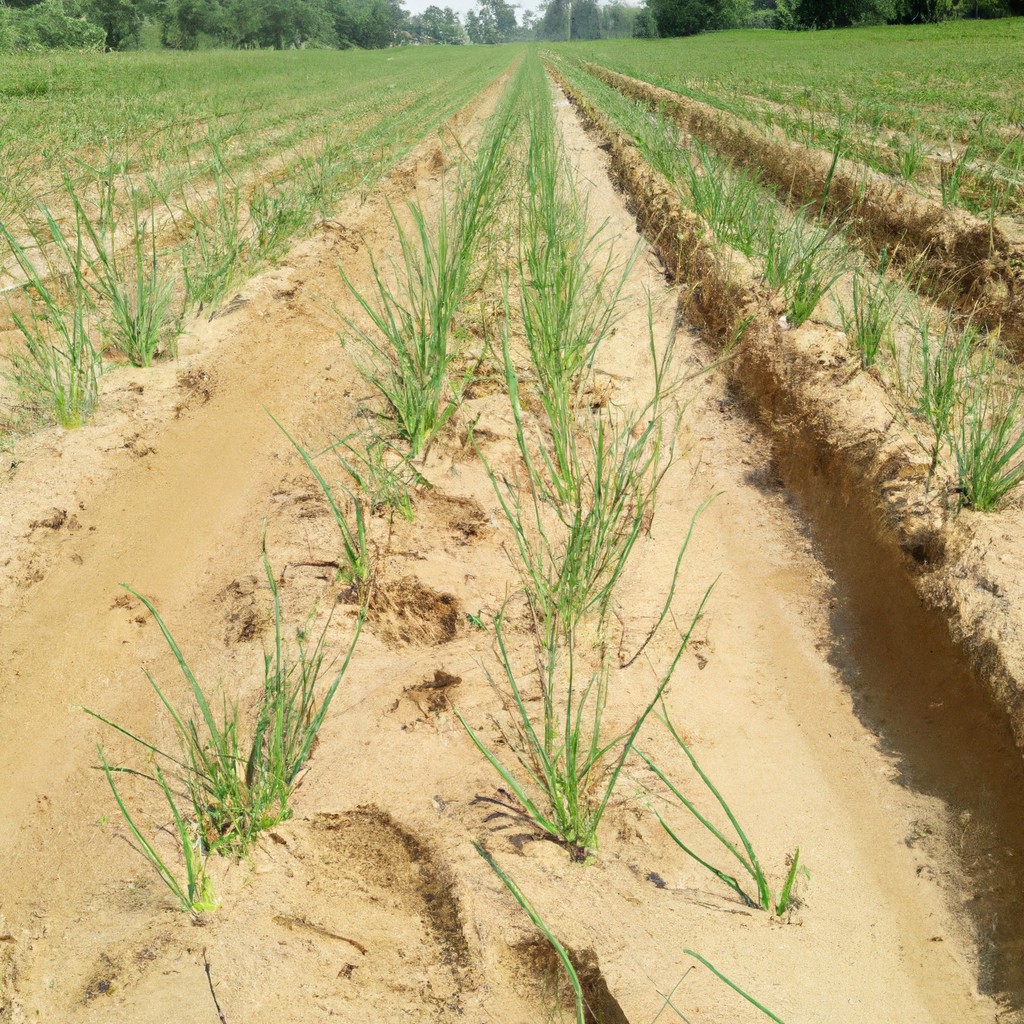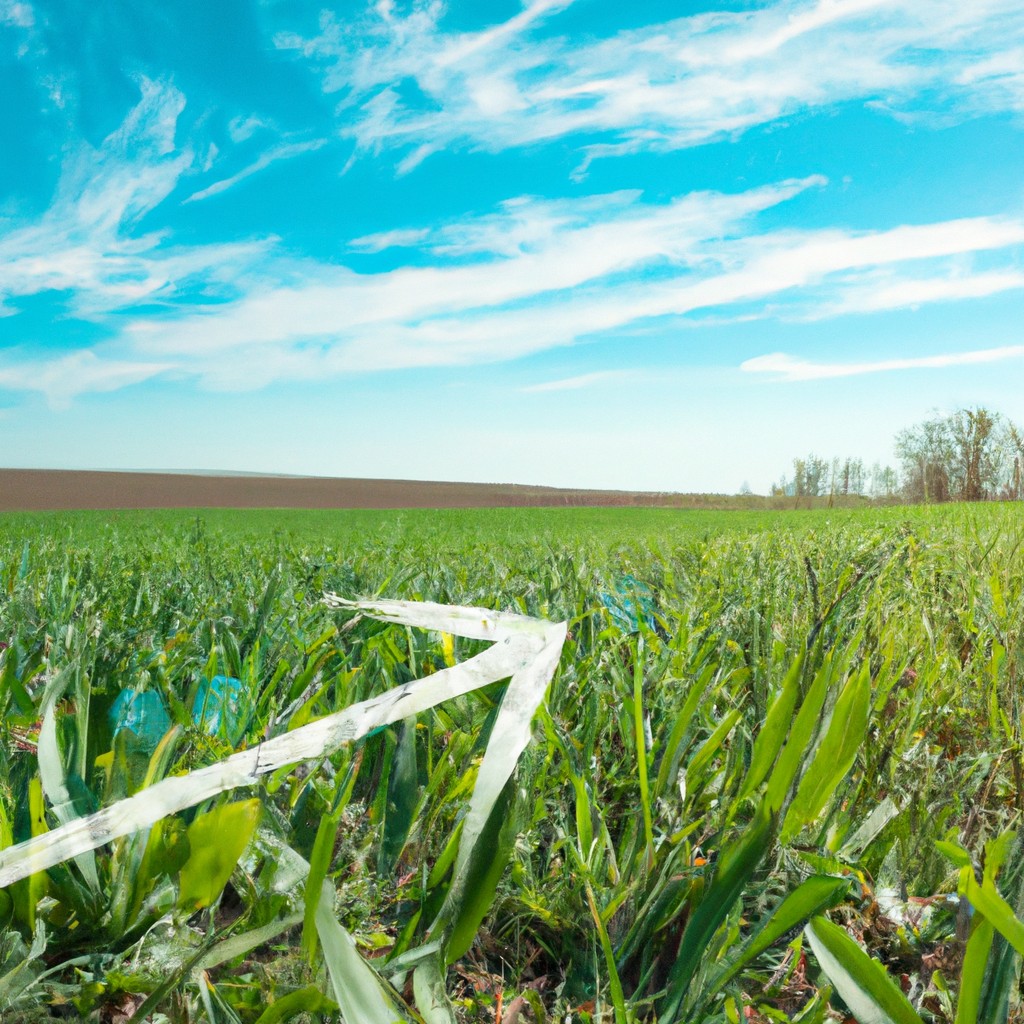Discover how ancient Egyptians farmed their land using innovative techniques and clever irrigation methods.
Look Inside:
The Nile and Field Planting

Every year, like clockwork, the Nile would flood its banks, turning the surrounding land into a nutrient-rich wonderland perfect for growing crops. Egyptians were thrilled with this magical event and cleverly timed their agricultural cycle around it.
Farmers waited for the floodwaters to recede, leaving behind a fresh layer of black silt. This was their gold—ideal for planting. They used a simple yet effective tool called a shaduf to transfer water from canals to their fields, ensuring a steady supply of moisture.
The fields were divided into sections using ridges and ditches to prevent water wastage. Talk about ancient water management! And while they didn’t have modern technology, they did have oxen and wooden plows to help them till the fertile ground. No need for a gym membership when you’ve got an ox to push a plow!
Irrigation Systems
Picture this: You’re an ancient Egyptian farmer, and the Nile just threw you a curveball, flooding your fields. Enter irrigation systems! The ancient Egyptians were the rock stars of agriculture. They created ingenious methods to manage the watery chaos.
First up, we have the shaduf, a simple yet effective tool. It’s like a seesaw, but instead of flinging your sibling, it lifts water from the river. You just needed a bucket and a strong arm.
Then there’s the canals. Think of them as ancient highways for water. These canals diverted water from the Nile directly to the fields, making sure the crops stayed hydrated even when the river wasn’t feeling generous.
Don’t forget about the basins. Farmers would dig large, flat-bottomed pits where floodwaters could settle. This helped them store water for those long, dry spells.
And let’s not overlook the sluices and gates. These worked like ancient water traffic controllers, opening and closing to regulate water flow. Definitely more efficient than your average one-size-fits-all watering can!
Crops Grown
Barley and emmer wheat were Egypt’s bread and beer heroes, forming the basis of their meals and celebrations alike. Imagine an ancient Egyptian party without beer – unheard of! Alongside these staples, they also nurtured a variety of fruits and vegetables. Think figs, dates, and grapes, perfect for a quick mid-pyramid snack.
Onions, garlic, and leeks were aromatic stars in their culinary show, adding zest to their dishes. Lentils, beans, and chickpeas also played a significant role, making diets as diverse as their hieroglyphics. Flax was another essential; Egyptians used it not just for munching but for making linen, the ancient world’s fashion statement.
Floodwaters from the Nile deposited nutrient-rich silt across the fields, making their soil more magical than a pharaoh’s tomb. This annual marvel meant crops could thrive with minimal fuss. With regular harvests, the Egyptians mastered the art of food security long before it was cool.
Animal Husbandry
The Egyptians were adept at raising animals, crucial for both labor and food. Cattle were highly valued, not just for plowing fields but also for their milk and meat. Goats and sheep provided wool, milk, and an occasional roast dinner. Chickens? Not so much—think geese and ducks instead.
They even had pets, like cats, to keep pesky rodents in check. Donkeys acted as the ancient equivalents of delivery trucks, hauling crops and goods across rough terrain. Farming without a trusty donkey? Unthinkable!
Pigs were also present but had mixed reputations; used for meat but kept away from most divine activities (poor piggies). Bees buzzed their way into Egyptian agriculture, providing much-needed honey, while fish from the Nile contributed protein directly to people’s plates.
Farmers took careful note of breeding cycles, ensuring a steady supply of beasts for various tasks. This detailed attention kept their agricultural machine well-oiled and running smoothly.
Farmers & Trade
Farm life in ancient Egypt was no bed of roses, but it had its fair share of perks. Farmers were the backbone of the economy, ensuring everybody had enough to munch on. These hard-working folks lived in modest mud-brick homes, often owned by wealthy landowners or temples.
Farmers would exchange their abundant crops for goods and services. Picture a cozy midweek market where grains get swapped for pottery or a new pair of sandals. Pretty nifty, right? They didn’t rely on cold, hard cash; it was a barter bonanza.
On top of grain and vegetables, farmers raised livestock. Think cows, goats, and the occasional pig. Not only did these animals help with the plowing and fertilizing, they were also a valuable commodity in trade.
Even their poop was valuable! Yes, manure was the unsung hero, boosting soil fertility and also a hot trade item. Try not to picture a marketplace with sacks of dung. Or do, if you enjoy that sort of thing.
Trading wasn’t just a local affair. Egyptian farmers would send surplus products downriver or across deserts, making sure the whole region was well-fed. Quite the logistical feat without smartphones, don’t you think?
In short, ancient Egyptian farmers were more than just plow-pushers; they were economic dynamos, trading wizards, and manure aficionados.




